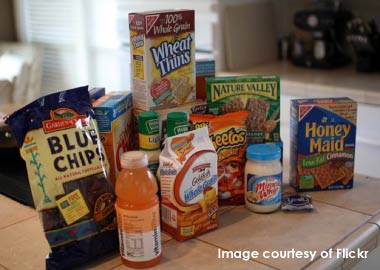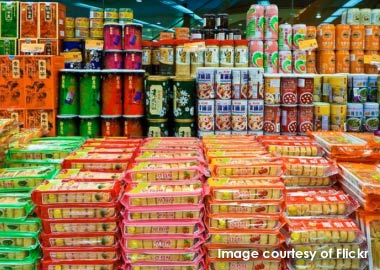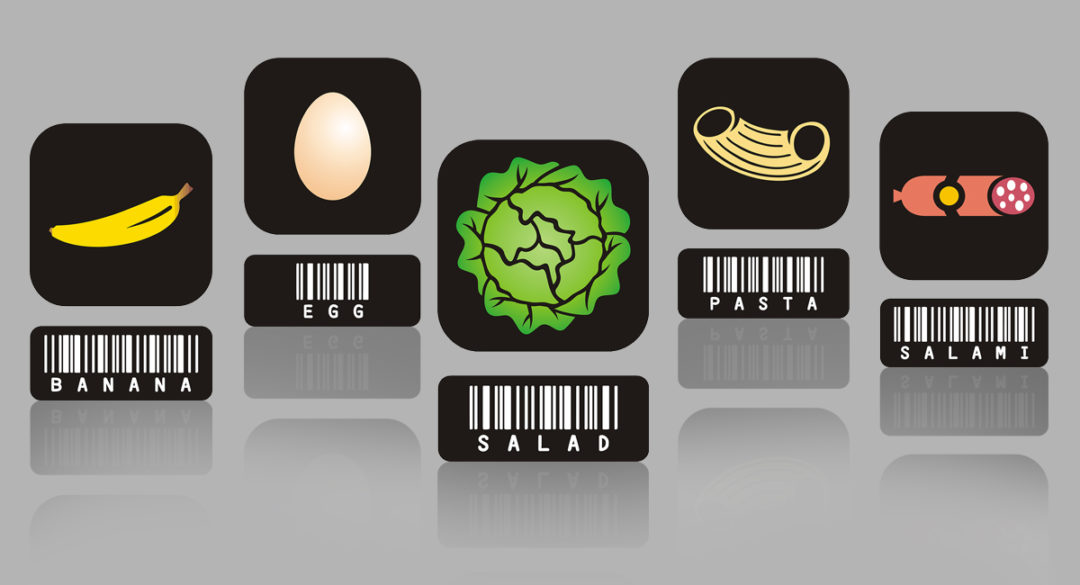 Food companies are out to trick us, manipulate us and get us to buy their products no matter what. Some people just look at the general packaging, make a snap judgement and throw the item into their trolley. Others, attempting to eat healthily, look at the ingredients before doing so. But what to make of these often very long lists of ingredients? Some of it sounds alright but some of it…well it’s hard to know what it actually means. And if something is organic does that automatically make it healthy? The first thing to know is that if something has a very long list of ingredients, it’s best avoided. The shorter and more familiar the list is, the better.
Food companies are out to trick us, manipulate us and get us to buy their products no matter what. Some people just look at the general packaging, make a snap judgement and throw the item into their trolley. Others, attempting to eat healthily, look at the ingredients before doing so. But what to make of these often very long lists of ingredients? Some of it sounds alright but some of it…well it’s hard to know what it actually means. And if something is organic does that automatically make it healthy? The first thing to know is that if something has a very long list of ingredients, it’s best avoided. The shorter and more familiar the list is, the better.
Here Tara Heath shows us how to navigate the minefield.
The supermarket is packed with colorful labels which claim products are organic, all riding on the new wave of healthy and sustainable eating. While some of these are good indications towards what’s healthy to buy, back-labels are where you should go for the hard facts. An organic yogurt might actually contain organic ingredients, but also harmful sugars. Reading labels should be a major factor in buying your groceries, because it is the only rational way to know if what you’re eating or using is 100% good for you or 100% marketing-good. There are certain things you ought to look for when researching labels – targets your radar should pick up instantly and know if you should toss or keep the product.
Serving Size
If you think the calories, trans-fats, and carbs are decent on that frozen pizza, look again. You might find out that the pizza is supposed to be eaten in three takes and that all nutritional information should be tripled, if you eat it in one go.
Bear in mind that labels are usually constructed on a diet of 2000 calories per day. So, when you read that a certain amount of protein covers 100% of your daily needs, it might actually be more or less, according to your personal needs. While an athlete needs more calories, a sedentary person who weighs 100 pounds will need a lot less. Inform yourself. Don’t get tricked by the cookie-cutter information.
Bad Fat
Not all fat is bad. Natural fats are the healthiest option, while trans fats are the enemy of any reasonable mind and body. Trans fats are incompatible with your body and they raise the “bad cholesterol” without providing any nutrition, plus they slow down your metabolism.
When labels read zero trans fats, you should know that brands are allowed to proclaim their products have no trans fats if, and only if, there’s less than 1 gram in there. So make sure to eat less processed foods and more whole foods, so you actually know what you’re ingesting.

Sodium
Consuming an excessive amount of salt, in any form, is associated with hypertension and water retention. People who already have a related condition should stay away from salt at all costs. With pre-made food, eating more salt than you should is really easy to do, because such products usually have a lot of sodium in them, so make sure to keep your diet plain and simple. If you’re having salad, season it yourself and skip the supermarket dressing, which has more salt, oil, and sugar than you need.

Added Sugar
It’s terribly easy to go on a sugar rush if you’re eating processed food. Basically, everything with an ingredient list has some form of sugar in it. High-fructose syrup, aspartame, caramel, dextrose, sucrose – these are just a few names for sugar which will appear on a label. Avoid it. Sugar is bad for you in all processed forms.
Usually, sugar is listed in grams on food labels. If you’re having trouble figuring out if 10 or 20 grams is too much sugar, just divide it by 5 and the result is the equivalent of teaspoons your product contains. 40 grams is 8 teaspoons, 10 is 2 teaspoons, and so on. Now you have a much better picture of what you’re eating. And if you wouldn’t be caught dead using 8 teaspoons of sugar all at once, then keep away from that pack of biscuits.

Long Lists
Long ingredient lists should activate your radar. Is that food, or a complex chemical solution? When you eat a salad, the ingredients are lettuce, olive oil, lemon juice, salt, and pepper. A risotto would have rice, onion, garlic, homemade stock, vegetables, parmesan cheese, and seasoning. But if your “healthy” drink has a list of 20 ingredients, think twice. It probably has a lot of unnecessary, potentially harmful ingredients, like preservatives. Look for lists with five or less ingredients and keep to that if you want a good, whole diet.
The label is the first place to go if you’re on a quest for healthy eating. Everything you need to know is there, you just need to pay attention. When you start including label-checking in your supermarket ritual, you’ll gradually form new habits of picking products, and soon you’ll be able to detect healthy food from nutritional nightmares much faster than before. It’s a habit you need to keep to in order to get your eating on the right track.
Tara Heath is a freelance writer in Southern California. As a health and beauty writer, Tara contributes to the Bellezza Spa blog.
